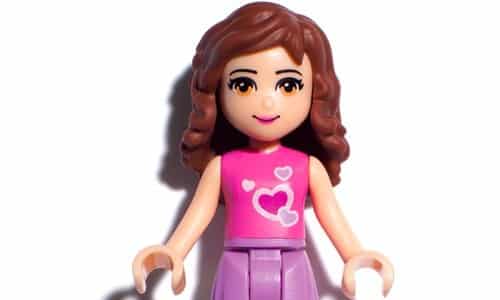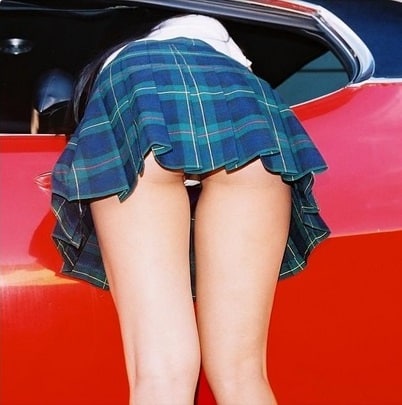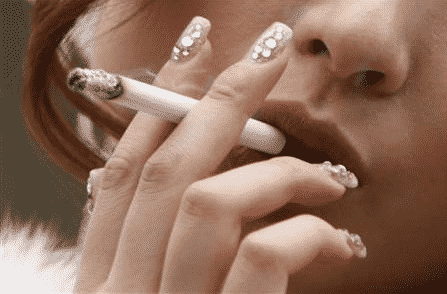Lego For Girls Already Exists It’s Called Lego


For starters, there are characters like Emma the beautician and Stephanie the social butterfly (hey, girls, need to dream big here!). And they’re dressed in outfits like pink shirts adorned with red hearts and little denim miniskirts.
Following some intensive research, Lego found that girls wanted “more beauty, realistic details, accessories and interior building and role playing opportunities.” So the new line, slated for release in the new year, features larger dolls that come with their own back story (kind of like American Girl dolls) and lots of accessories like purses and shoes. The girl figures are also taller and curvier than the traditional boxy ones.
I’m the mother of two boys and I won’t lie: they gravitate towards Lego Ninjago and anything, really, that contains “bad guys” and weapons. But I spoke with a bunch of mothers of girls including a few on Mommyish staff and they told me unanimously that their girls love playing with “boys'” Lego and they were equally as baffled that the company would be infiltrating the girls’ market. Like most people, they never realized that Lego was skewed towards boys in the first place.
The Lego that we grew up with in the 70s and 80s consisted of red, blue, green, yellow, black and white bricks used for building houses and towers (check out this ‘vintage’ ad found on peggyorenstein.com). If I recall correctly, they came with male and female figures and, well, my brother, sister and I could care less which ones we ended up with (my sis and I also failed to noticed that the bricks weren’t pink as if we cared!).
What’s ironic, of course, is that those decades were rife with gender stereotypes and yet Lego managed to create a product that appealed to both sexes. Now, as we approach 2012, parents and corporations alike are trying to break down those gender stereotypes. Except Lego’s not. The company seems to be working in reverse order here.
The truth is, Lego put lots of time and money into researching what girls want. And I believe them when they say girls “desire” this type of product (i.e., accessories, pastel colors, and so on). But I guess I just expected more from a company that I always considered to be such a trailblazer.
(Photo: businessweek.com)





